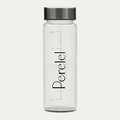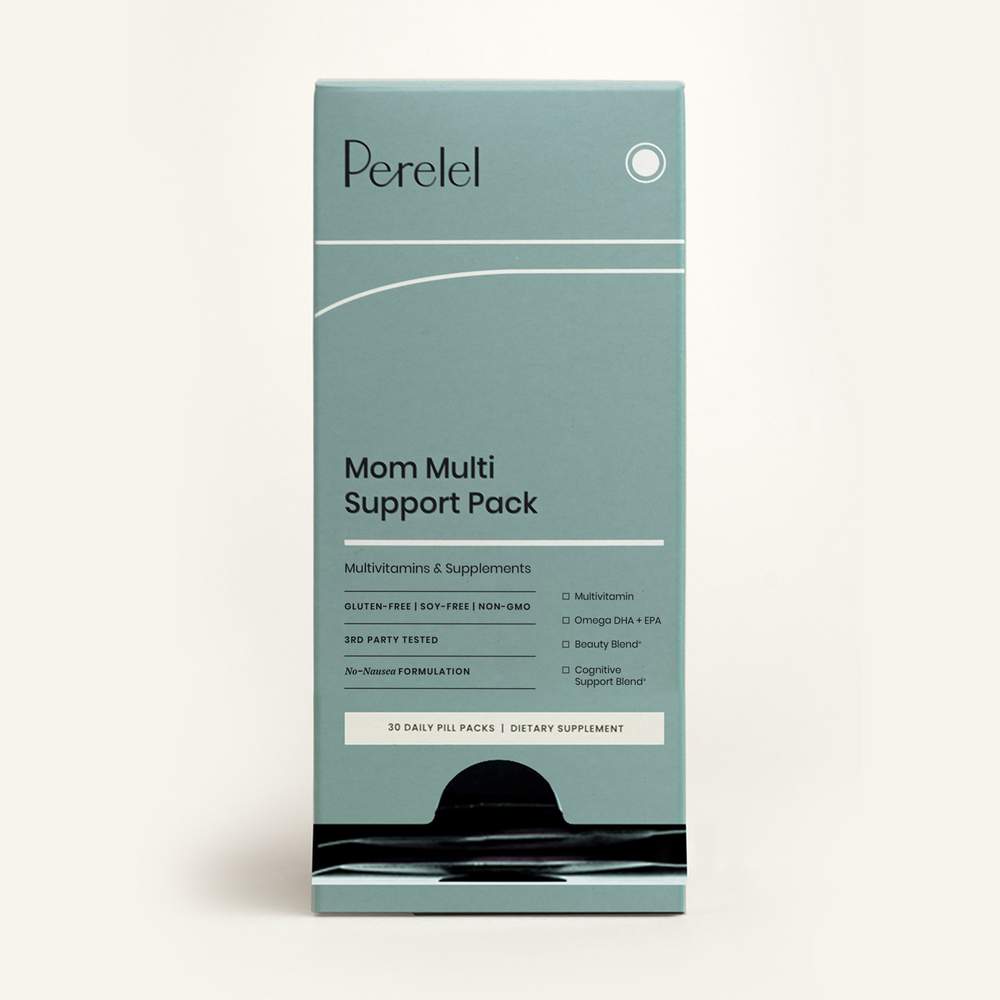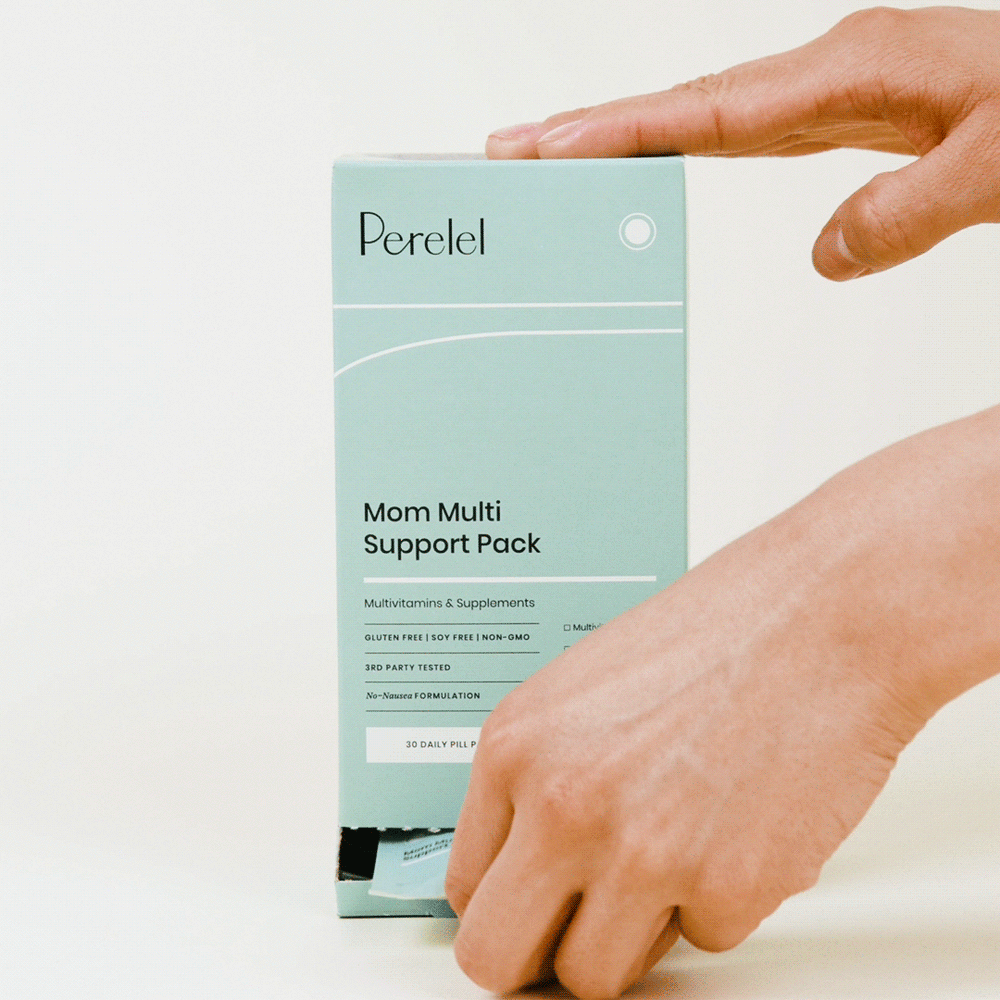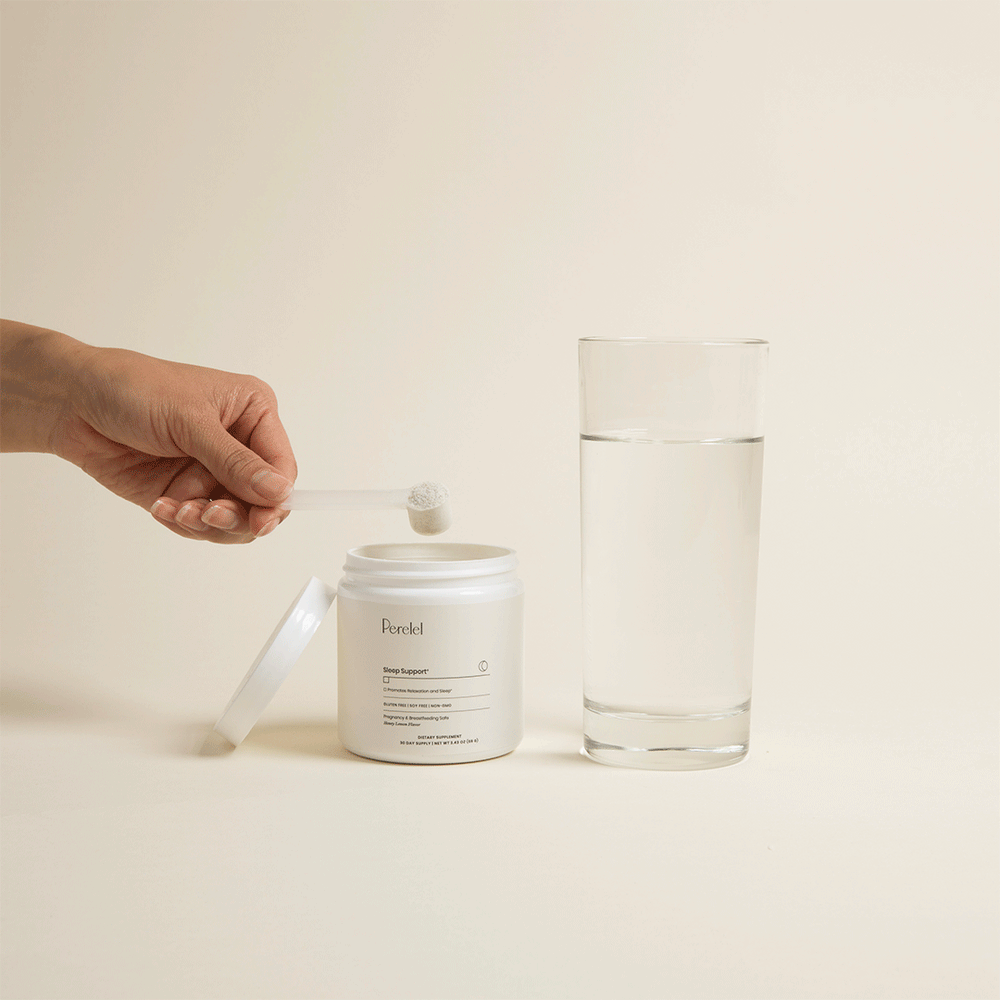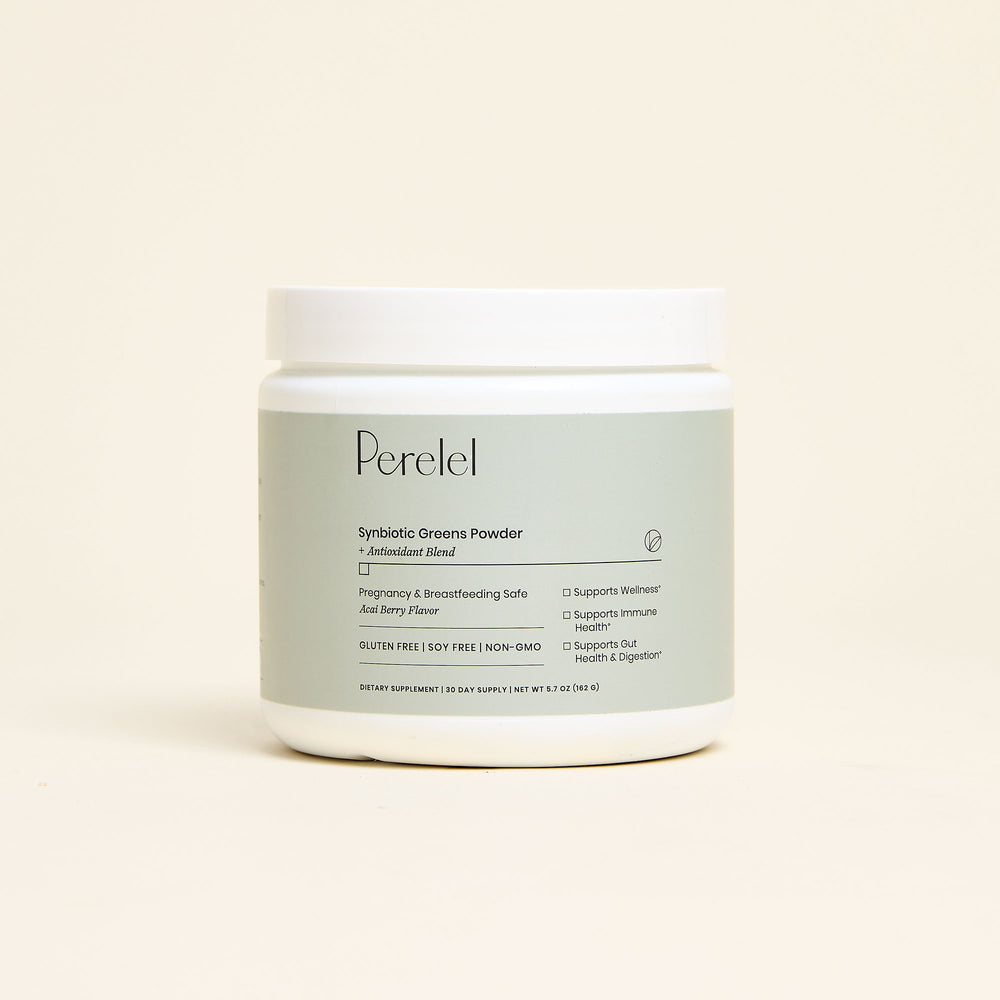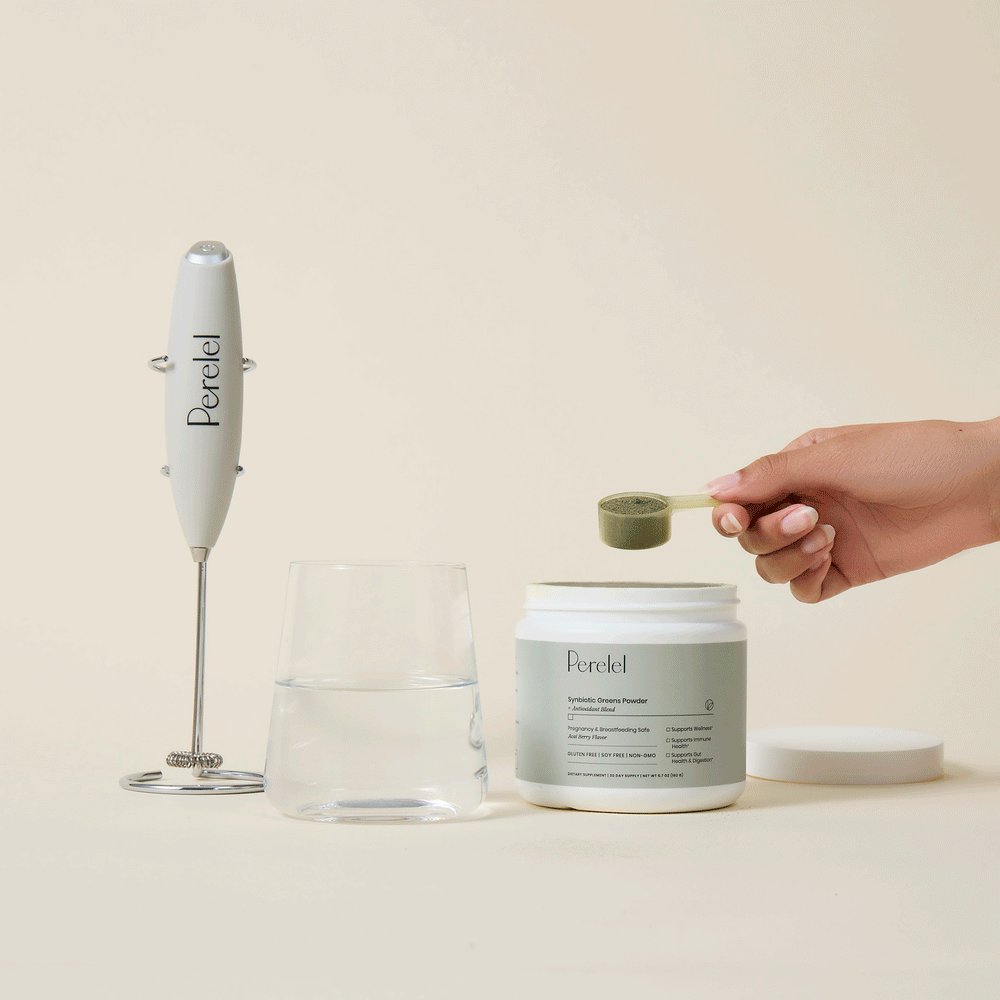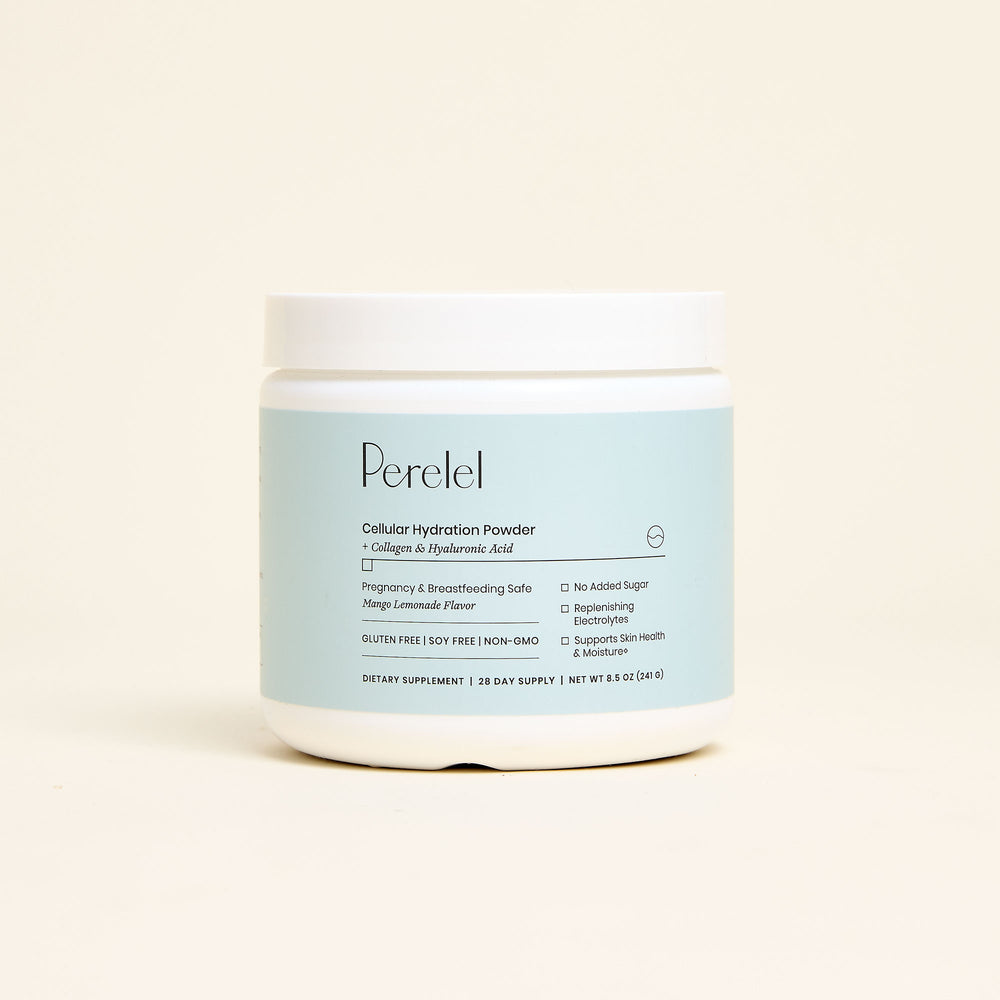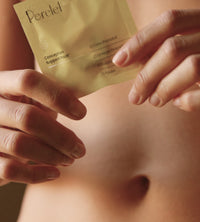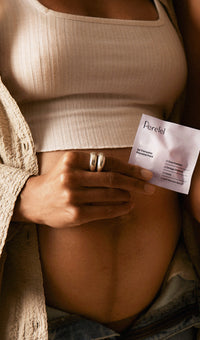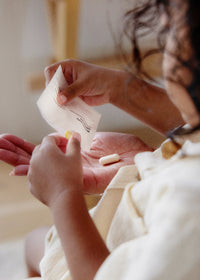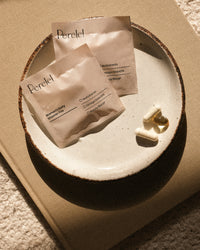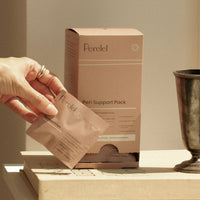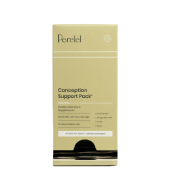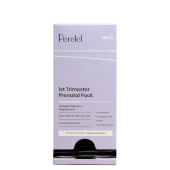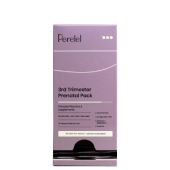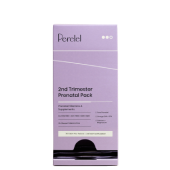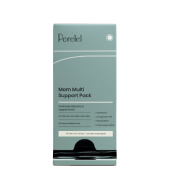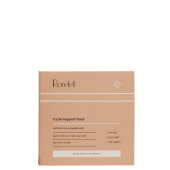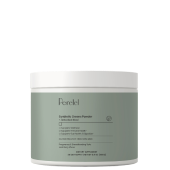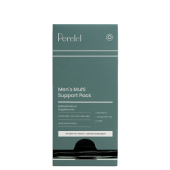While it’s completely normal to feel a little intimidated by the prospect of breastfeeding, just learning what to expect during those first hours of your journey can make a huge difference in setting you up for success. The coolest part? You might even be surprised by what your body—and your baby!—already know how to do.
To help out with that learning curve, we turned to Morgan Dixon—certified lactation specialist and postpartum doula. (Dixon is also on the Motherboard at Swehl, one of our favorite platforms for all things breastfeeding.) Spoiler: Even when things aren’t completely linear, there’s still plenty of opportunity for you and baby to have a successful feeding experience together.
Below, Dixon shares some key pointers for those first hours of feeding together.

The Golden Hour
Golden Hour is the first hour after you give birth when you have uninterrupted skin-to-skin contact with your baby. This period of time is critical for a newborn who spent the past nine months in a controlled environment and needs grounding after a wild journey (aka birth), and it’s getting more common for hospitals to prioritize it. As a lactation specialist, I’ll share that the primary goal of Golden Hour is for your baby to establish their latch so they can start breastfeeding.
How do I do it?
Golden Hour is pretty straightforward: Simply bring your baby straight to your belly and let them rest there. Not only is it regulating for your baby to feel the warmth of your body, but also they also can feel your pulse which is what they’ve felt for the last nine months while inside your belly. If you’ve had a Caesarean section, you can still bring your baby straight to your chest; however, it’s always a good idea to have someone nearby as an advocate and support person.
Babies are hardwired to eat. In the last few weeks of our pregnancy, your amniotic fluid actually takes on the scent and taste of your areolas so that your baby has a roadmap to find what they are looking for—your breasts.
Pro Tip: Cue the breast crawl! You will likely see your baby start to suck and lick their fists, then slowly—or in some cases crazy quickly—they’ll start to army crawl up your body in search of your nipple and attempt to latch. This can take time, but letting them find their own latch is an incredible way to start the journey. If this doesn’t happen within the hour on their own, no stress: Give your baby a little assistance to help establish that first latch.
All in all, Golden Hour is a great opportunity for your baby to explore, lick and find your nipple…and maybe take a snooze. You just accomplished something huge, so be sure to take it all in and enjoy.
I missed Golden Hour—what now?
To be clear, you can still have a wonderful breastfeeding journey even if you miss Golden Hour. If you have to be separated from your baby for a short (or even longer) amount of time for medical reasons, you can choose to pump to get your milk production going. This can be a hard situation; give yourself grace and know that bonding with your baby looks different for everybody.
Latching 101
A great latch (the way your baby attaches to your nipple) takes time, so don’t expect to have a perfect one immediately.
How to do it
To get in position for baby to latch, sandwich your breast from the side (like a “C” with your hands) and tickle your baby’s mouth with your nipple—it can help to brush your nipple from baby's chin to baby's nose and back down a few times. They should open their mouth wide, and when they do, drop your breast into their mouth, making sure to get your whole areola in there if possible. From there, they will form an air-tight seal around your areola and you will begin to feel a suck; your baby’s tongue will compress it in a wave-like motion, with their cheeks pressing in to express the milk. Your nipple should always be towards the back of your baby’s pallet to avoid discomfort. And know that this might feel intense and different at first—possibly even a bit uncomfortable—but pain should not persist.
Is it normal to feel pain?
Breastfeeding is not supposed to be painful. You might have heard stories about women wincing through pain every feeding session for six months, or how people’s nipples were absolutely wrecked. All of these things can happen, but that doesn’t mean they are supposed to or that you should tough it out! These are often caused by an improper latch.
That said, raw or sore nipples can be expected in the first few weeks due to all that moisture. However, if piercing pain continues or you see abrasions and bleeding on your nipples, it might be worth working with your physician or lactation consultant. If you have figured out your latch but are still experiencing a lot of pain, this would be time to check into a potential oral restriction like a tongue tie or lip tie. They are very common—both of my children had one—and can be a huge inhibitor to breastfeeding. Luckily they are very easily fixed and typically the pain you were experiencing goes away almost immediately. For the early days of discomfort, I highly recommend Swehl’s Nips Duo.
Unlatching
Equally as important as latching? Unlatching. That seal is vacuum-tight, and you do not want to just pull them off (ouch!). Instead, unlatch your baby by inserting your pinky into their mouth (like a hook!) to break their seal around your areola.
Let's rewind: When will my milk arrive?
Let me blow your mind: From around 14 weeks of pregnancy, your body begins to make milk, so chances are you already have it while reading this (whoa).
How is it made?
Once you give birth, your body is able to use a hormone called prolactin and you will start to see milk. Breast milk does not turn on and off like a faucet; instead of worrying about its arrival try and trust the process that your milk is doing its thing!
Stages and Phases
Colostrum, the thick, yellow, jelly-like substance, is your first form of milk. It’s truly “liquid gold”—the perfect form of nutrition, packed with fats and amazing for the microbiome. Between 48-72 hours (and sometimes even up to a week!) postpartum you’ll likely notice engorgement (or swelling of the breast, maybe even accompanied by redness) when the colostrum is transitioning into more hydrating, mature milk—which you will have for the rest of your breastfeeding journey.
Supply & Demand
Breastfeeding is supply and demand: the more frequently you feed, the more milk your body will make. I recommend feeding on demand and ensuring your baby doesn’t sleep more than 2.5 to 3 hours between feeding sessions.
The next 24 (and beyond)
Breastfeeding is a learned skill. Give yourself the grace to learn with your baby, and remember that additional support is there if you need it—a lactation consultant or pediatrician can help troubleshoot any issues or discomforts. But these final tips can help you continue your journey after those first 24 hours:
Eight or more in 24
Breastfeed your baby eight or more times in 24 hours. Remember: you can never overfeed a breastfed baby, so trust your instincts.
Wet diaper count
Monitoring your baby’s wet diapers for the first six days of life is the best way to see if your baby is getting enough milk. An easy rule: for every 24 hours of age, you should see one wet diaper. So one day old = one wet diaper, two days old = two wet diapers until Day Six. After Day Six, your baby should have at least six wet diapers daily.
It can be stressful to not actually see the quantity of milk a baby is getting, however if your baby is having six or more wet diapers a day, pooping, and gaining weight—that points to all things being great in terms of your milk supply. Trust your body! If you see notably less, that’s a good time to check in with our pediatrician just to make sure everything is on track.
Breastfeeding can have pivots, and that's great too
Exclusively breastfeeding, breast pumping bottles, and combo feeding with formula are all amazing ways to incorporate breastmilk into your and your baby’s life. Our goal is to empower you to have the tools you need to breastfeed successfully, and to use your intuition to find what works best for you and your family.
Shop the Article:
Next: "Try to go one step at a time and give your body grace while things adjust." What feeding is really like, through the eyes of 5 moms. And don't forget to check out our Cellular Hydration Powder, our multitasking, hydrating drink powder which was formulated with postpartum moms in mind—with electrolytes, collagen, and sunflower lecithin.
This article is for informational purposes only. It is not, nor is it intended to be, a substitute for professional medical advice, diagnosis, or treatment and we recommend that you always consult with your healthcare provider. To the extent that this article features the advice of physicians or medical practitioners, the views expressed are the views of the cited expert and do not necessarily represent the views of Perelel.
